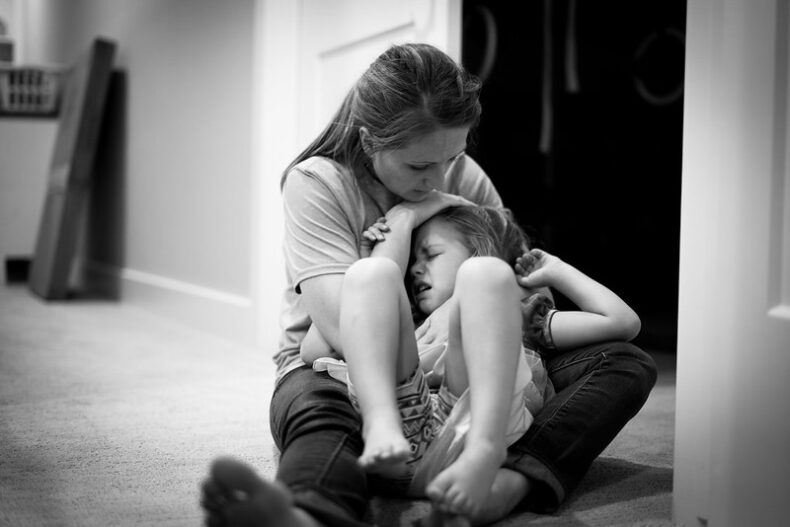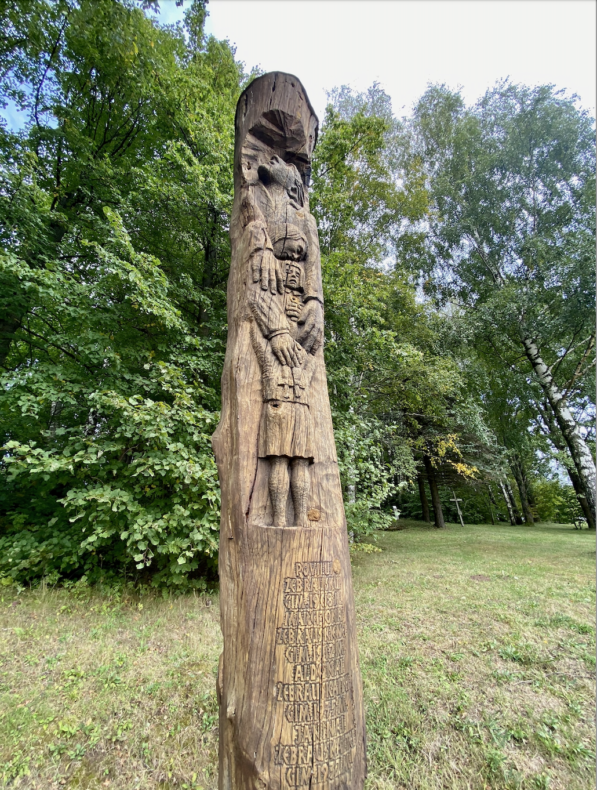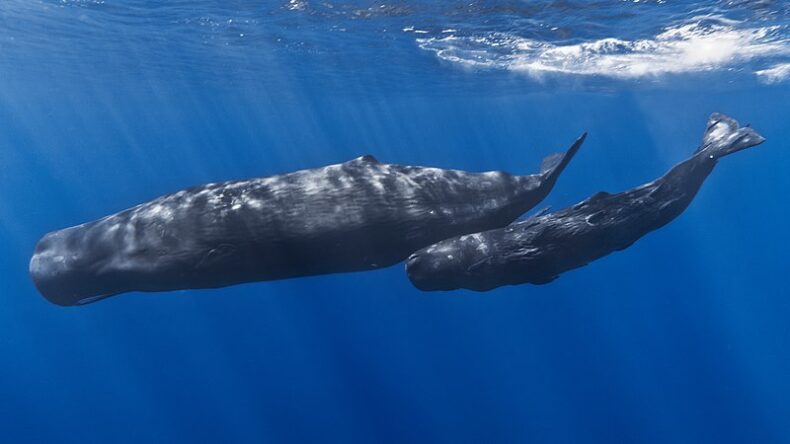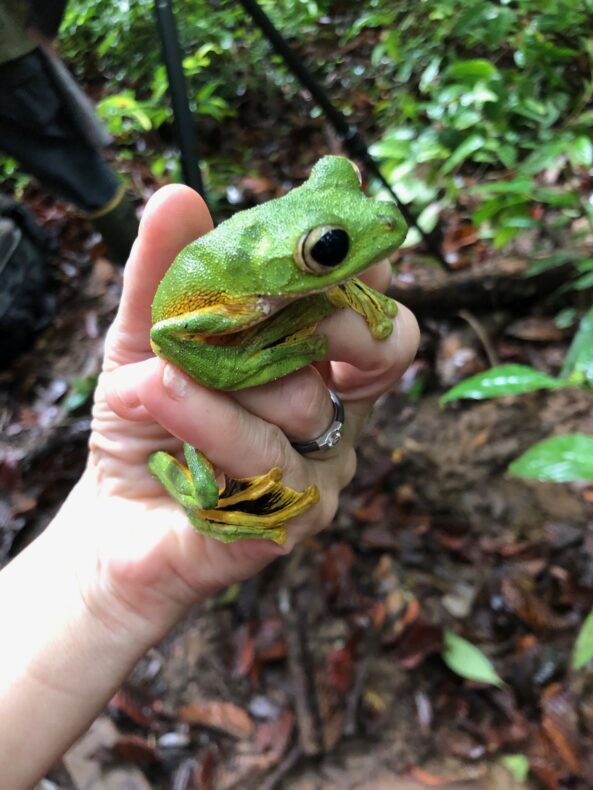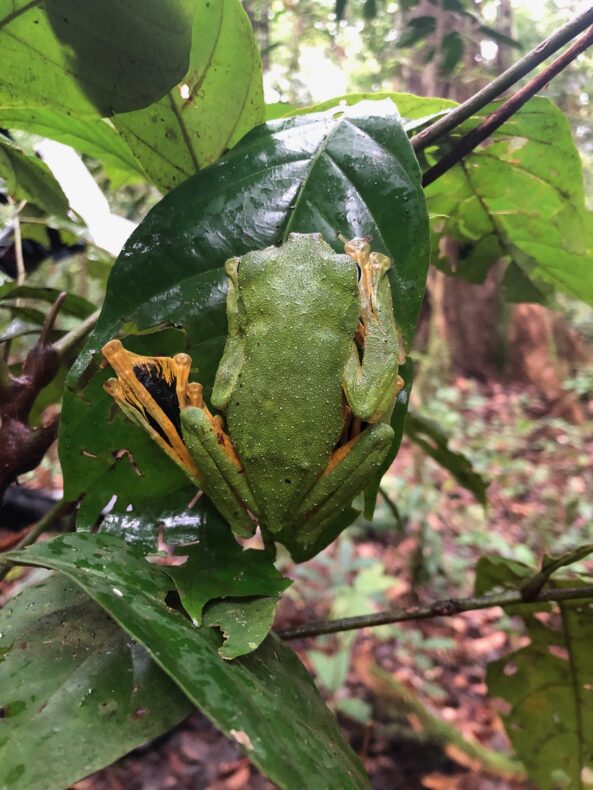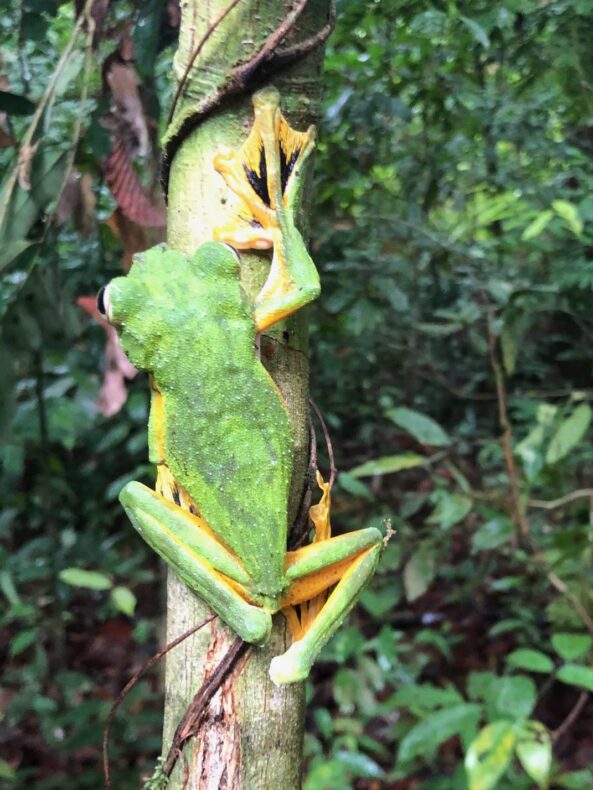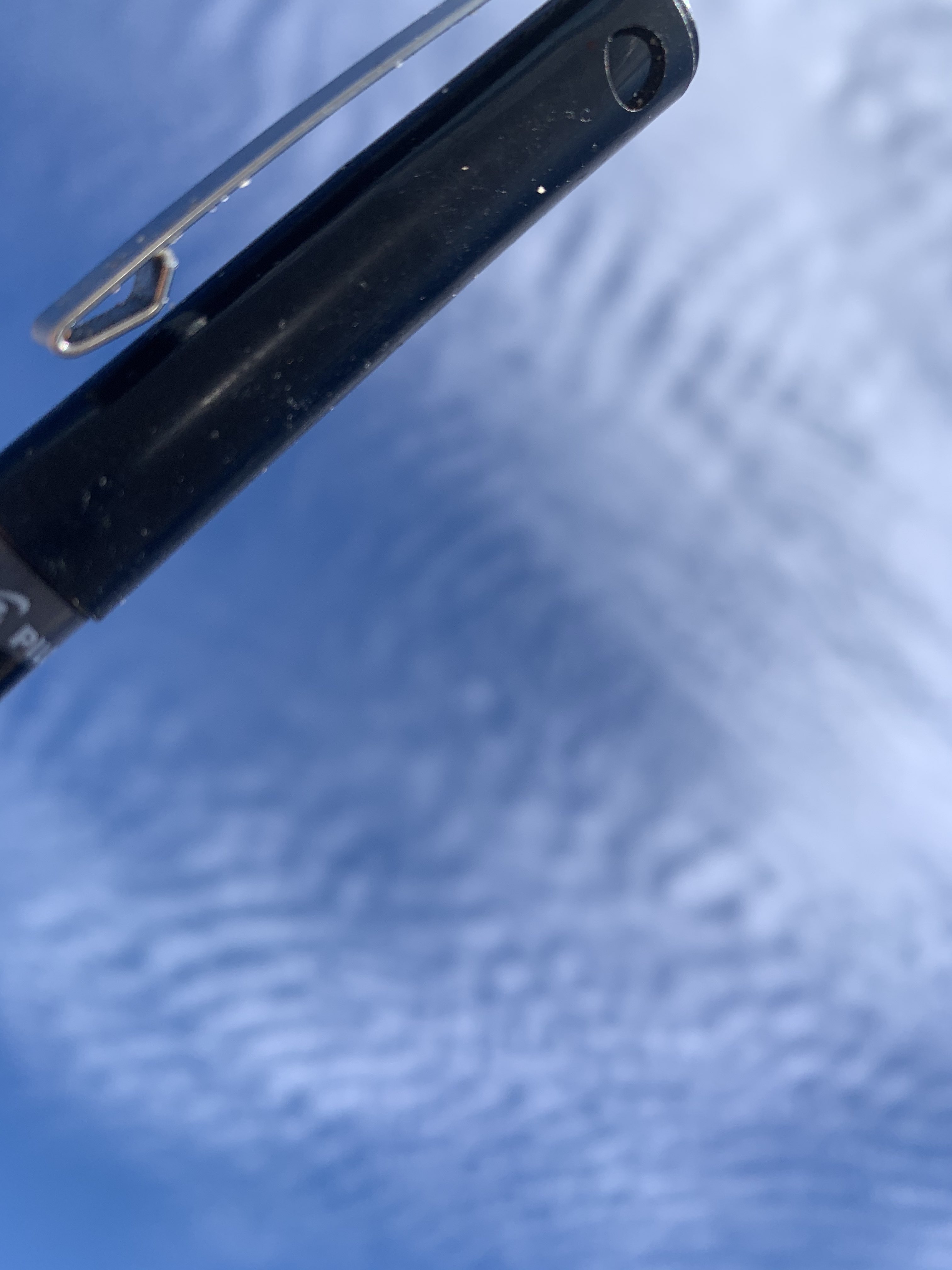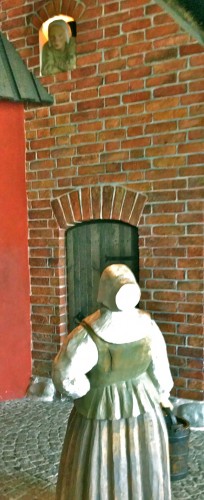This post ran a few springs ago, in appreciation and imitation of Craig’s ‘penspective’ series, but with less effective photography. Spring seems like a wonderful time for cloud-spotting here. Last week, there was an amazing lenticular cloud in the shape of a cigar. I didn’t have my pen with me, but I can still remember it floating there, the edges turning pink as the sun began to set.
*
I saw these clouds in November and it has taken me six months to figure out how to upload the photo. But I’m glad, in a way, because I have a new perspective on clouds. (I am not sure that I have a new perspective on pens: the Pilot Precise V5 is still my favorite.)
Earlier this spring, I found out about The Cloud Collector’s Handbook, a guide to cloud types that also includes points for spotting various clouds and a scorecard. The book is delightful—it has approachable descriptions of the science behind how different cloud types form, and it also gives you 20 bonus points for a Brocken spectre and explains the rainbow-ringed mountaintop glory like this: “The perspective can make the legs of your shadow flare out so, what with the multicolored halo, it looks like a ghost from the 1970s.”
I looked around for more information about the book’s author, Gavin Pretor-Pinney, and found an excellent story about him and the Cloud Appreciation Society, which he founded somewhat by accident in 2004. (If you are tired of reading things online and need to go do the dishes, there’s also an audio version of the story.)
Now, using this book, I think I can figure out what kinds of clouds these are. Because the clouds make that small, wave-like pattern, they’re called undulatus and created by interacting air currents. And even though it’s not a very good photo, the pen helps. It can be difficult to tell the more common Altocumulus (mid-level clouds) from the higher Cirrocumulus, which are made primarily of ice crystals. Pretor-Pinney says that you can distinguish the two by holding out a finger (or, in my case, a pen) at arm’s length—if the cloudlets are no larger than a finger width, they are likely Cirrocumulus.
The “rare and fleeting” Cirrocumulus is worth 40 points, while the Altocumulus is 30. Points are at stake here, my friends. The wavy variety of either cloud, the undulatus, is 20 points. So I could have 70 points worth of clouds in this very small collection!
I know, I know, the points don’t really mean anything, it’s the remembering to look up. As Pretor-Pinney writes about the undulatus, “Their presence is a reminder, to any who might forget, that the atmosphere around us is just as much an ocean as is the sea below.”
